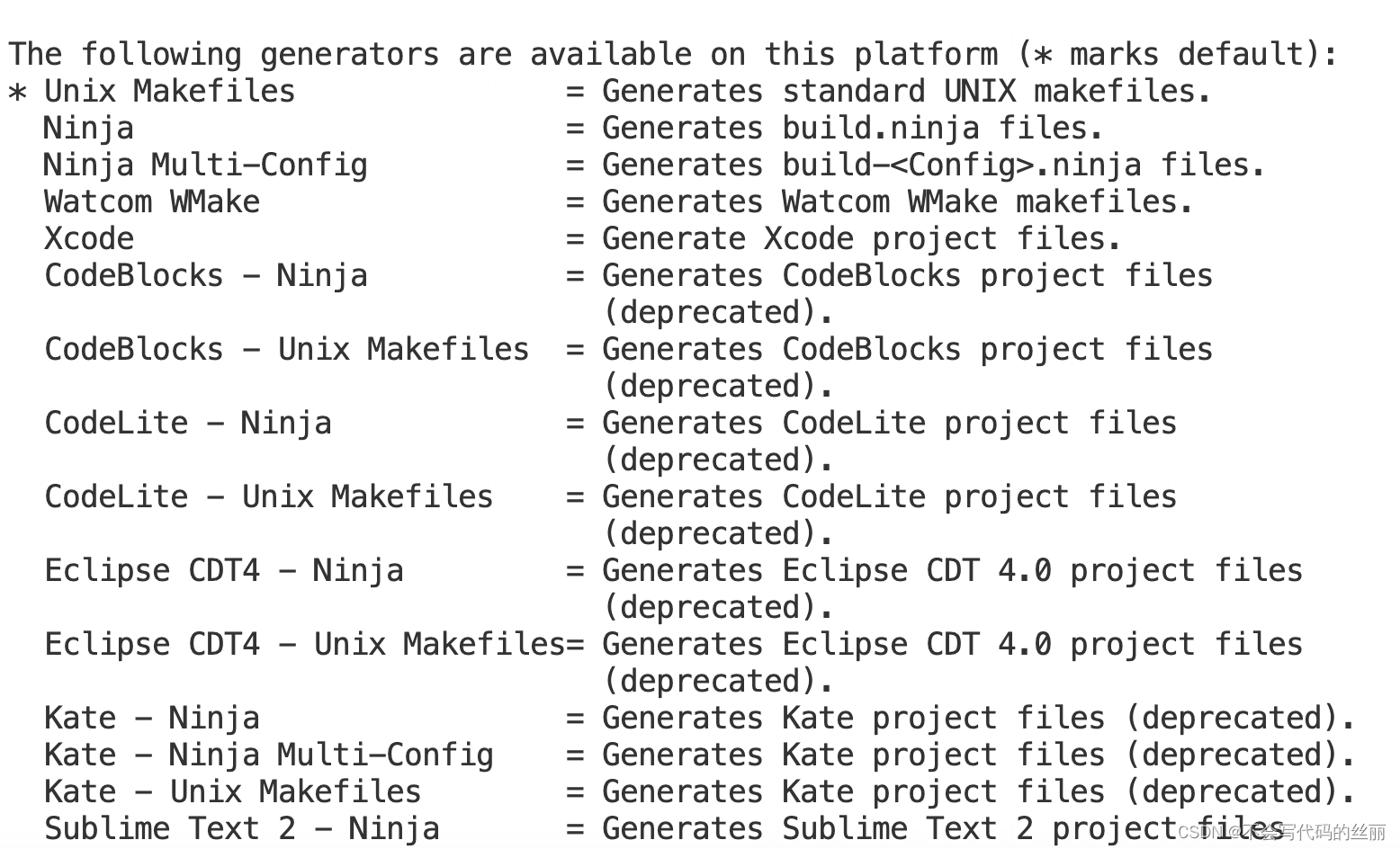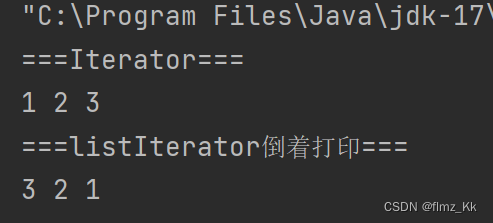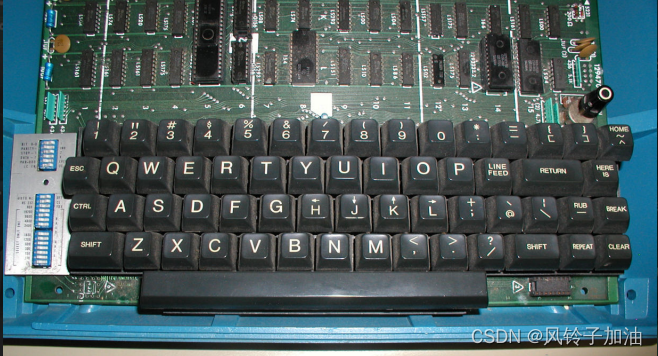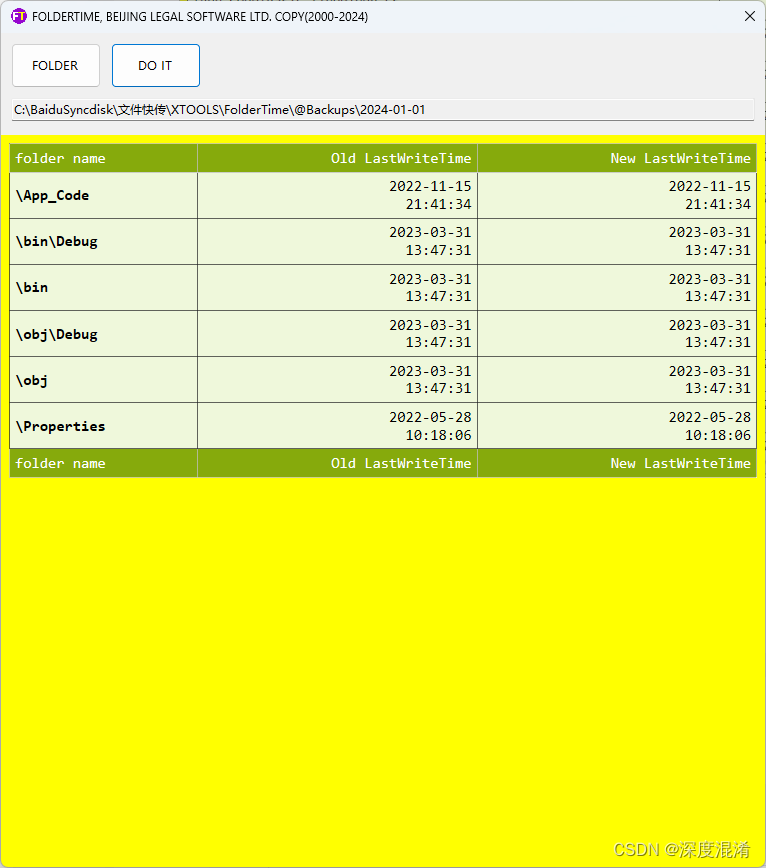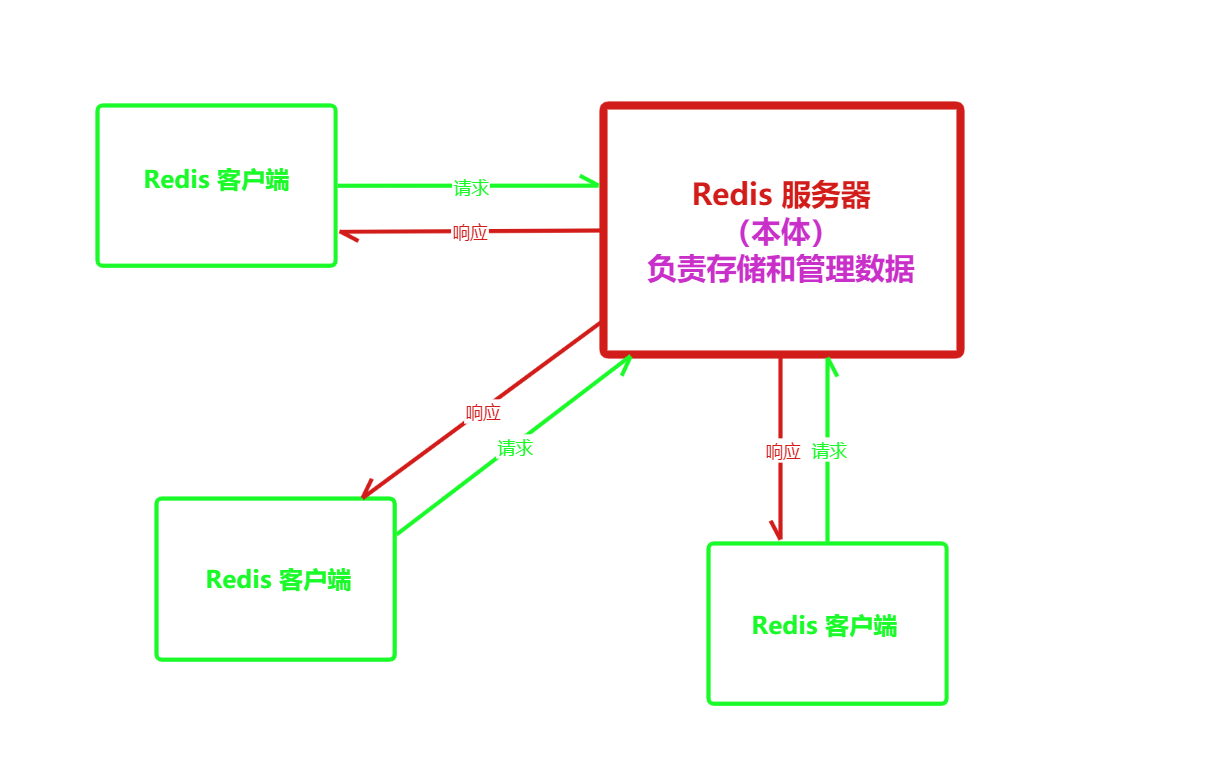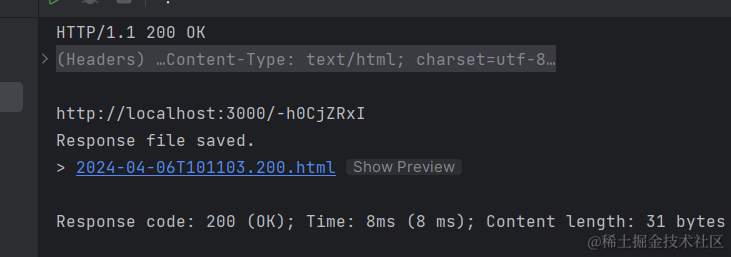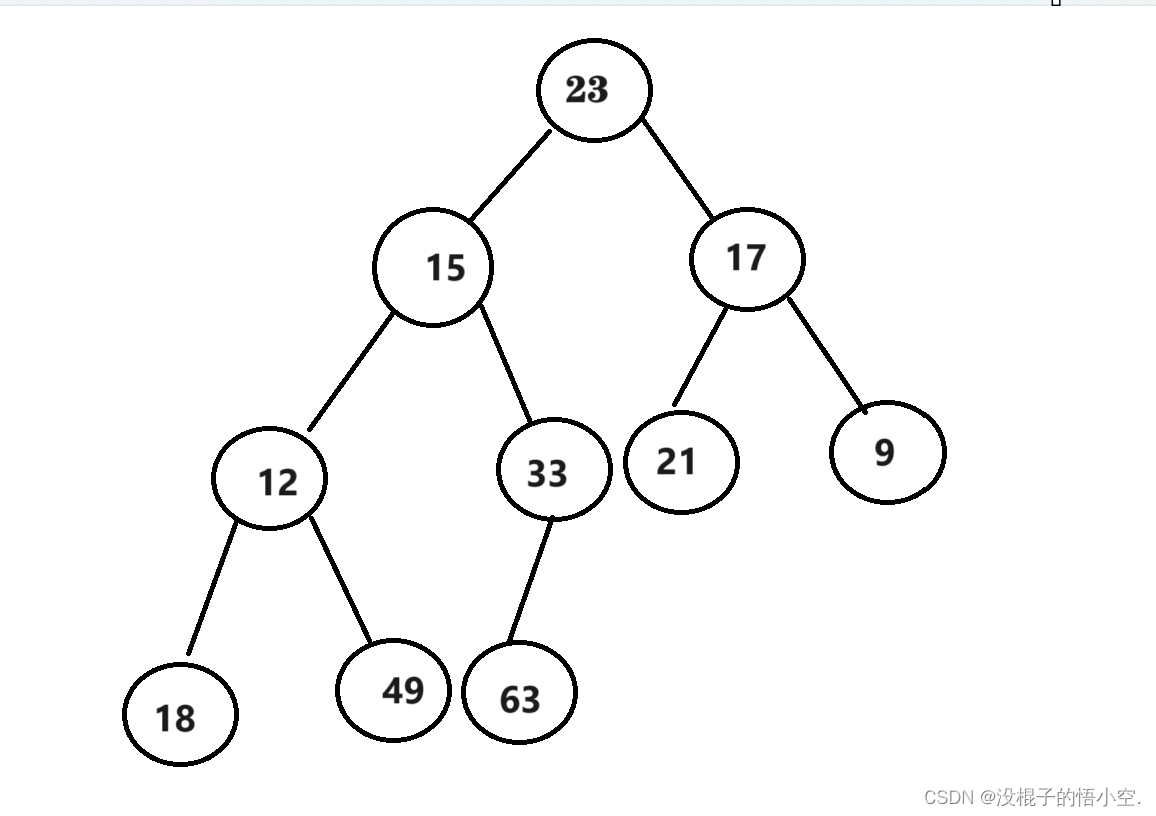1 Title
Next-item Recommendation with Sequential Hypergraphs(Jianling Wang、Kaize Ding、Liangjie Hong、Huan Liu、James Caverlee)【SIGIR 2020】
2 Conclusion
This study explores the dynamic meaning of items in realworld scenarios and propose a novel next-item recommendation framework empowered by sequential hypergraphs to incorporate the short-term item correlations for dynamic item embedding. With the stacking of hypergraph convolution networks, a residual gating and the fusion layer, the proposed model is able to provide more accurate modeling of user preferences, leading to improved performance compared to the state-of-the-art in predicting user’s next action for both ecommerce (Amazon and Etsy) and information sharing platform (Goodreads).
3 Good Sentences
1、A critical issue is how items are treated in such models. Specifically, for a certain time period in next-item recommendation, we adopt the view that the meaning of an item can be revealed by the correlations defined by user interactions in the short term.(The most important problem of this study wants to solve)
2、However, it is non-trivial to extract expressive item semantics the item-correlation hypergraph. On the one hand, the item correlations encoded by the hyperedges are no longer dyadic (pairwise), but rather triadic, tetradic or of a higher-order,on the other hand, the item semantics could propagate over multiple hops.(Why choose HyperGraph to connect character of users and items)
3、In summary, relationships between items are changing from the long-term perspective, leading to the change in the semantic meanings of items. Thus we are motivated to exploit the short-term correlations between items while modeling their dynamic patterns for next-item recommendation.(The motivation of this study)
本文提出了HyperRec,这是一个具有顺序超图的新颖端到端框架,以增强下一项推荐。
HyperRec根据时间戳截断用户交互,以构建一系列超图
HYPERREC
HyperRec是一个端到端下一项推荐框架,该框架由顺序超图授权,可以在对随时间和跨用户的动态建模时合并短期项相关性。
问题定义:
使用集合U来表示N个用户,集合I来表示P个items,集合Q来表示不同的时间戳T,每个t相当于一段period,对于每个用户,按照时间顺序对用户u与之交互的项目列表进行排序,比如 ,每个小括号表示t时刻用户u与item i进行了交互。项目以一组静态潜在嵌入
开始,其中每一个都是与项目ID相关联的可训练嵌入,但是对于不同用户在不同时间戳不变,下一个项目推荐的目标是预测𝑢在
之后会感兴趣的项目。
Sequential Hypergraphs
由于用户在短时间内购买的物品是相互关联的,因此在它们之间定义适当的联系至关重要。超图可以利用直接和高阶连接来提取项目之间的短期相关性。同时,一个项目不应该在不同时期被视为离散的,因为它过去的特征可以暗示它未来的特征。
Short-term Hypergraphs:
为了捕捉不同时间段的项目相关性,可以基于时间戳将用户-项目交互分成多个子集。代表一系列的超图,而
是基于时间段
内发生的所有用户-项目交互而构建,V属于I,是节点集,代表时间段内的交互items,
属于U,是超边集,代表时间段内交互的users。H是V和
的关联矩阵,当超边与节点相关联的时候,H=1否则H=0,
是代表超边
权重的对角矩阵。D和B分别代表节点和超边的度矩阵。

Hypergraph Convolution Network (HGCN):看这个[1901.08150] Hypergraph Convolution and Hypergraph Attention (arxiv.org)
简单来说, 超图上的卷积操作可以定义如下:

代表激活函数(本文采用Relu)
表示初始层与第1层之间的可训练权矩阵。然后加入归一化并且转为矩阵表示的形式:

表示一个超图卷积层用它的一跳邻居更新每个节点的操作。
可以堆叠多个卷积层来递归聚合超图中高阶邻居的信息。在这种超图卷积网络(HGCN)中,𝐿𝑡层的输出可计算为:![]()
Residual Gating:
为了将前一个时间段的残差信息传播到未来,引入了残差门控,tn时刻第i个项目的初始嵌入可以被表示为:

和
为门的变换矩阵和矢量,
是tanh,
表示在tn时刻之前的第i个item来自最近的超图的动态嵌入,如果之前i没有出现过,那么
![]()

Dynamic User Modeling
Short-term User Intent:
以聚合每个超边上的动态节点嵌入,以通过以下操作推断每个用户的短期意图。
 Fusion Layer
Fusion Layer
生成用户𝑢和物品𝑖之间的在时刻的交互表示:

和
分别代表项目的静态和动态嵌入,
是用户短期意图生成的向量,W𝐹和z是对应的变换矩阵和向量
Self-attention
采用自我关注作为基本模型来捕获交互序列中的动态模式
Preference Prediction:
预测用户对项目的偏好时,应该同时考虑动态项目嵌入和静态项目嵌入: ![]() 。
。
最终损失函数: ,𝛿是Sigmoid函数,
,𝛿是Sigmoid函数,代表L2范式,λ是权重。




